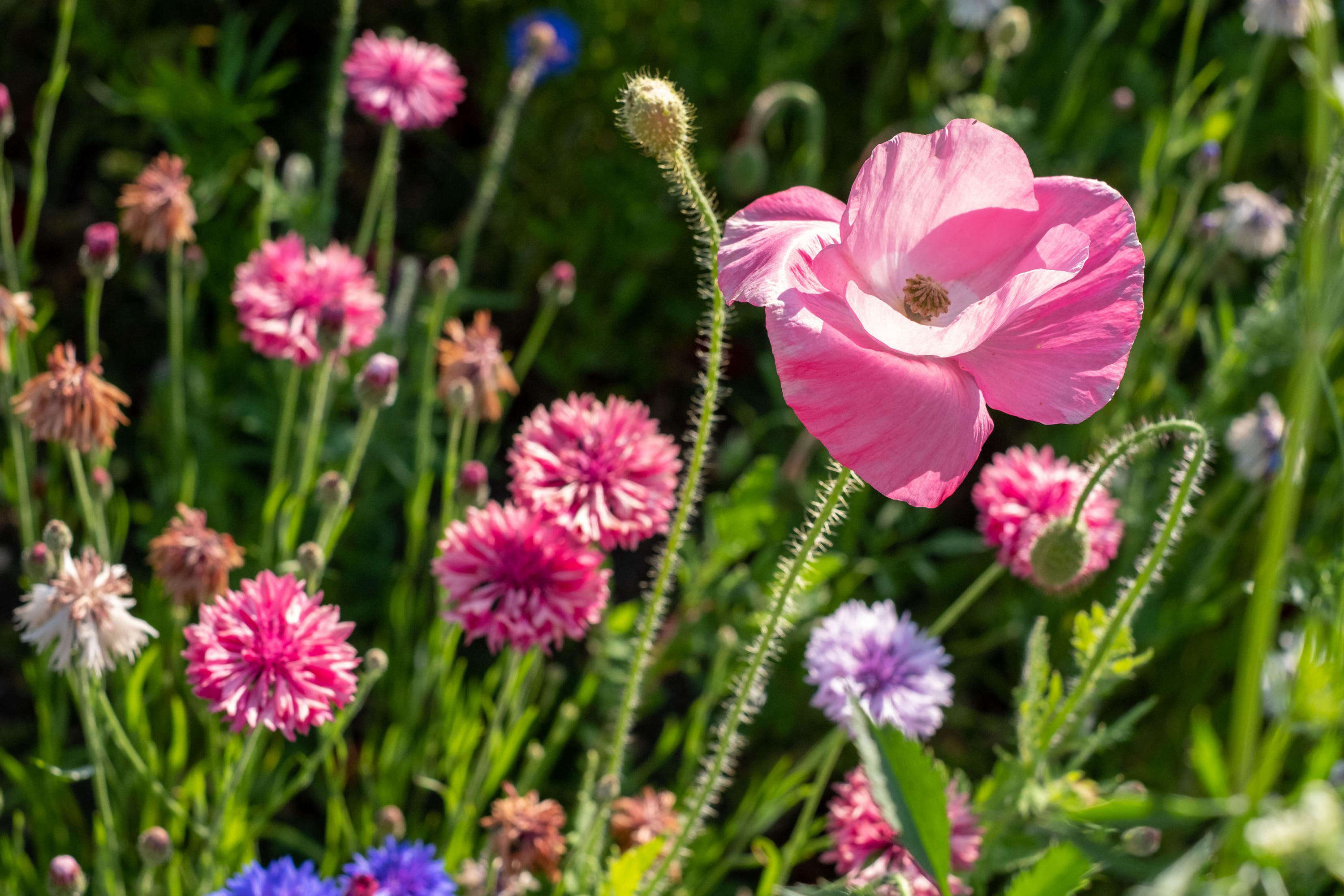
As pollinating insects start to hunker down during the cooler months, gardeners can be doing their bit now to make sure they are welcomed into their garden during spring.
Beneficial insects including bees and butterflies love the nectar that wildflowers provide – and with this in mind you could get your kids to help you make some seed bombs which will be a magnet for pollinators and provide lashings of colour next year.
Garden expert and podcaster Michael Perry (aka Mr Plant Geek), explains: “Seed bombs – or Tsuchi Dango (‘earth dumplings’) as they were known in ancient Japan – are the perfect way for gardeners of all levels to get a head start on next year’s borders and pots.
“The hard clay protects the precious seeds from harsh winds and hungry wildlife, and together with the compost, provides them with all the nutrients they need to grow wild.”
Perry has devised a recipe using a mix of 11 wildflowers, including cowslips, musk mallow, cornflowers, poppies, chamomile and cranesbill geraniums, which will help provide a treasure trove of nectar rich sources for pollinating insects, in support of Rowse’s Hives for Lives (rowsehoney.co.uk/hives-for-lives) programme of vital initiatives to help care for bees.
The wildflowers featured will all grow at different times, providing a dazzling display of colour throughout the summer. Here, Perry offers a step-by-step guide to seed bomb success.
“Once you’ve made them, all you need to do is just throw them and sow them,” he says.
1. What you need
Ingredients:
5 handfuls of peat-free compost
4 handfuls of air-dry red clay
1 handful of native wildflower seeds
A splash of water
You’ll also need:
A mixing bowl
A baking tray
Greaseproof paper
2. Place the ingredients in a bowl and mix them together

Place the compost, clay and seeds in a large bowl, ready to mix. Use your hands to combine all of the ingredients together, adding a splash of water if needed. You’re aiming for a thick but mouldable consistency. The seed bombs need to hold their shape, so try to avoid adding too much water at once.
“If you’re making this with your children or grandchildren, this is the mucky part they’ll love the most. It’s a bit like making mud pies,” he enthuses.
3. Roll them into balls

“Once you’ve combined all your ingredients, roll the mixture into little balls. The size is up to you – these ones are slightly larger, but you can make them smaller, similar to the size of a golf ball, if you’d prefer to scatter them over a larger area.”
4. Leave them to dry

Place your seed bombs on greaseproof paper, ready to dry. Use a baking tray if you plan to move them elsewhere. Leave for four to five days, or until they’ve completely hardened (check for soggy bottoms). Placing them out in the sun, or near a source of warmth, will speed up the drying process.
5. Sow, sow, sow!

Now it’s time to sow your seed bombs. Wildflowers will bloom well in containers, window boxes and borders– anywhere with a splash of sunshine. Place them just below the surface of the soil for best results. Then let nature do its thing.
Like daffodils, wildflower seeds are best sown in autumn, while the soil is still soft and warm. This gives them time to develop strong roots before the frost kicks in, resulting in bigger, healthier plants.
“By spring, and throughout the summer, you’ll be treated to a sumptuous display of wildflowers, including cornflowers, chamomile and common poppies to name a few. You’ll also be doing your part to help protect our buzzing friends and their pollinating pals by providing them with the nectar nourishment they need to thrive,” he says.

 Homes Extra: Home Sanctuary
Homes Extra: Home Sanctuary
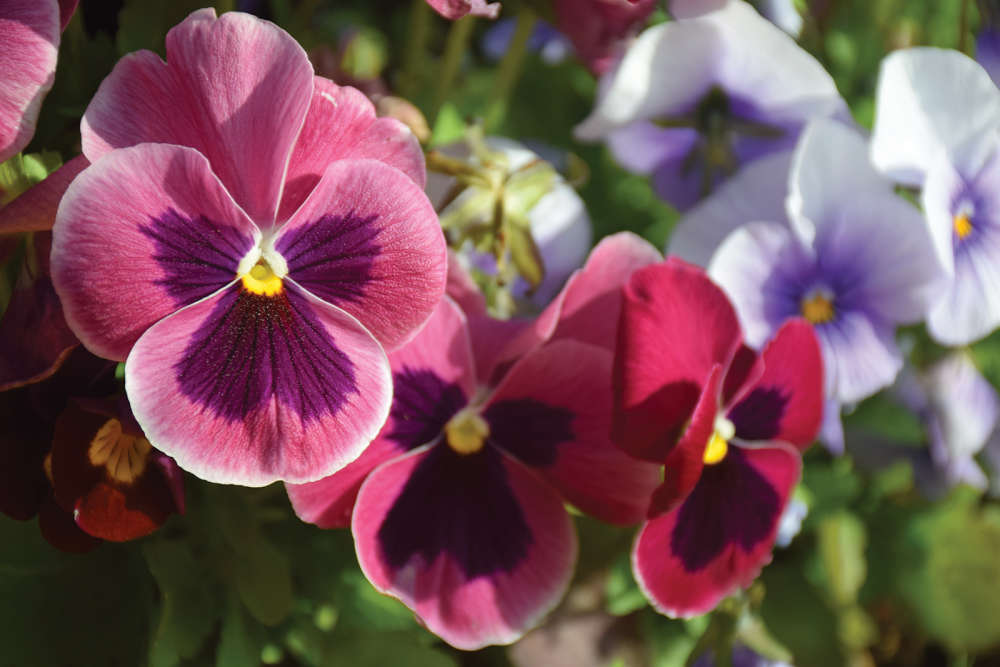 Blooming Times: Happy Faces
Blooming Times: Happy Faces
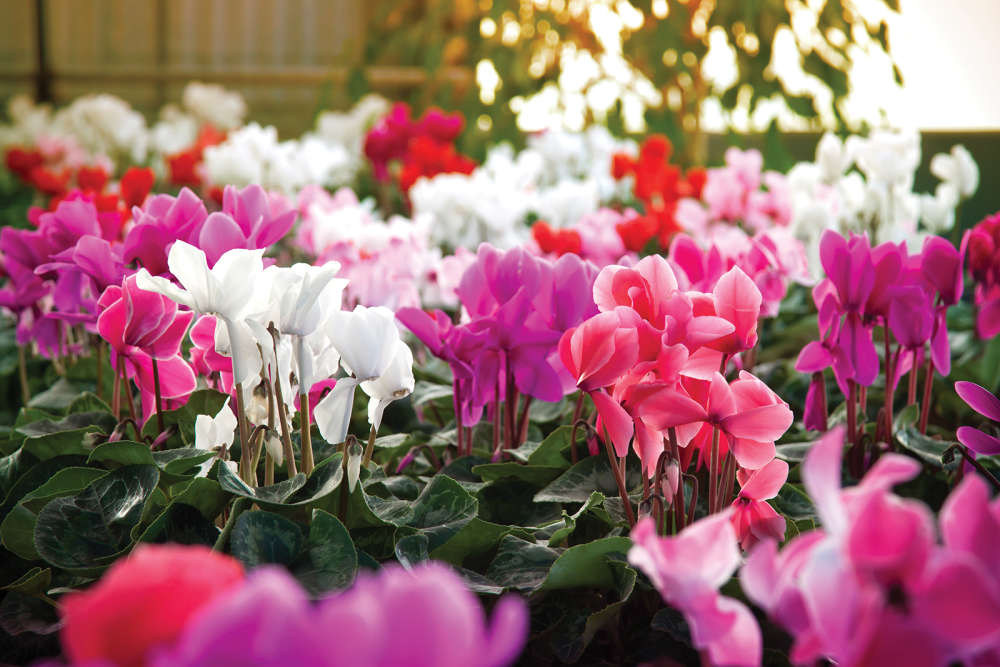 Blooming Times: Winter Sparklers
Blooming Times: Winter Sparklers
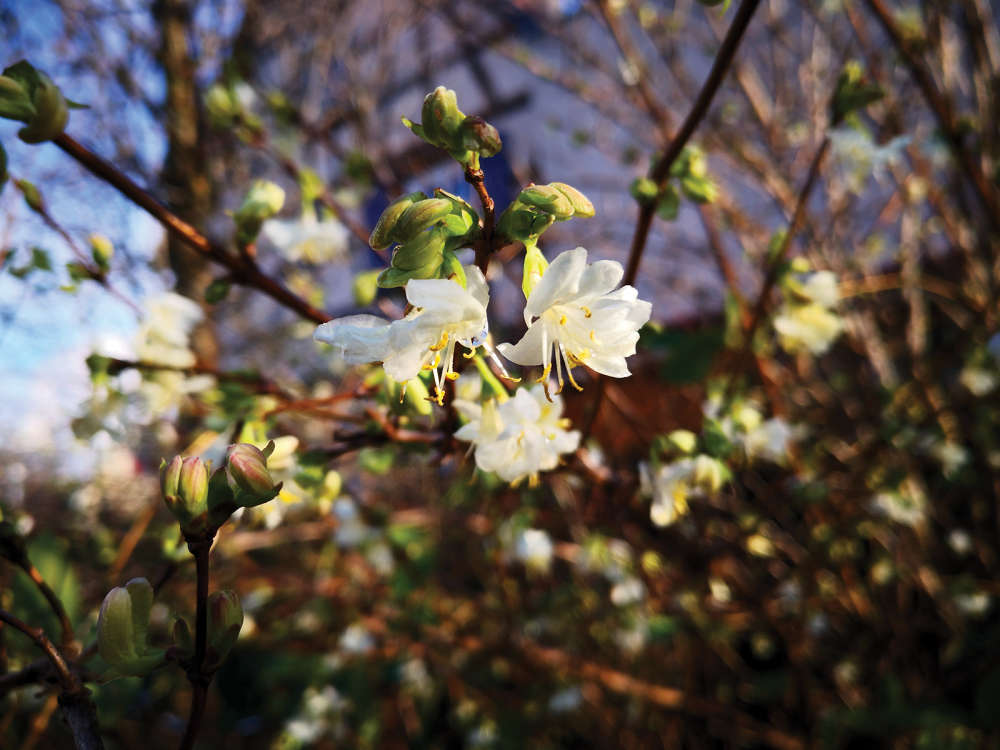 Blooming Times: Winter Wonders
Blooming Times: Winter Wonders
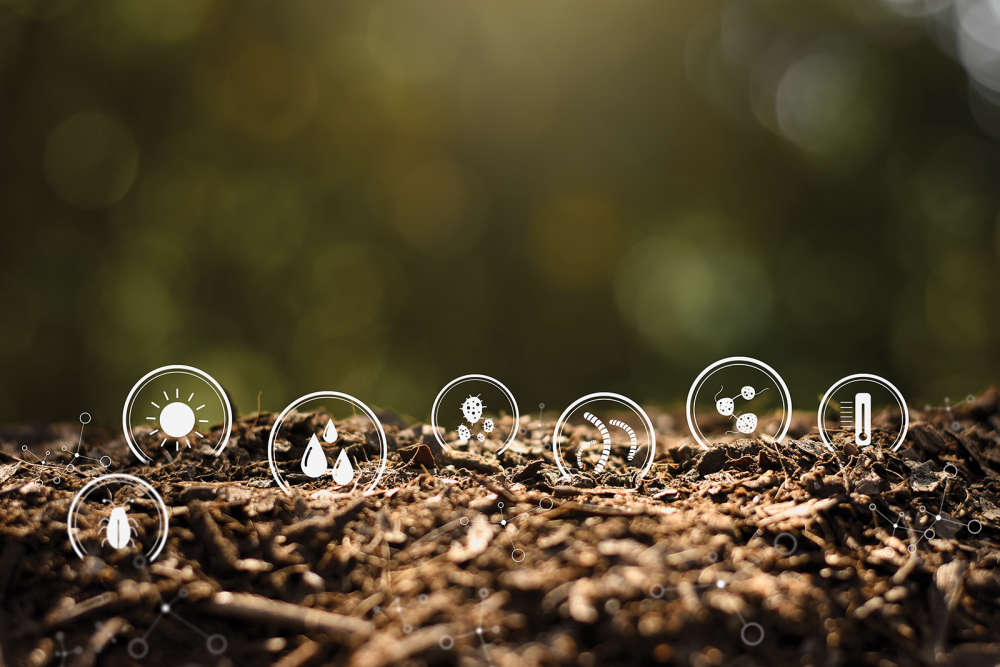 Blooming Times: The Answer Lies in the Soil
Blooming Times: The Answer Lies in the Soil
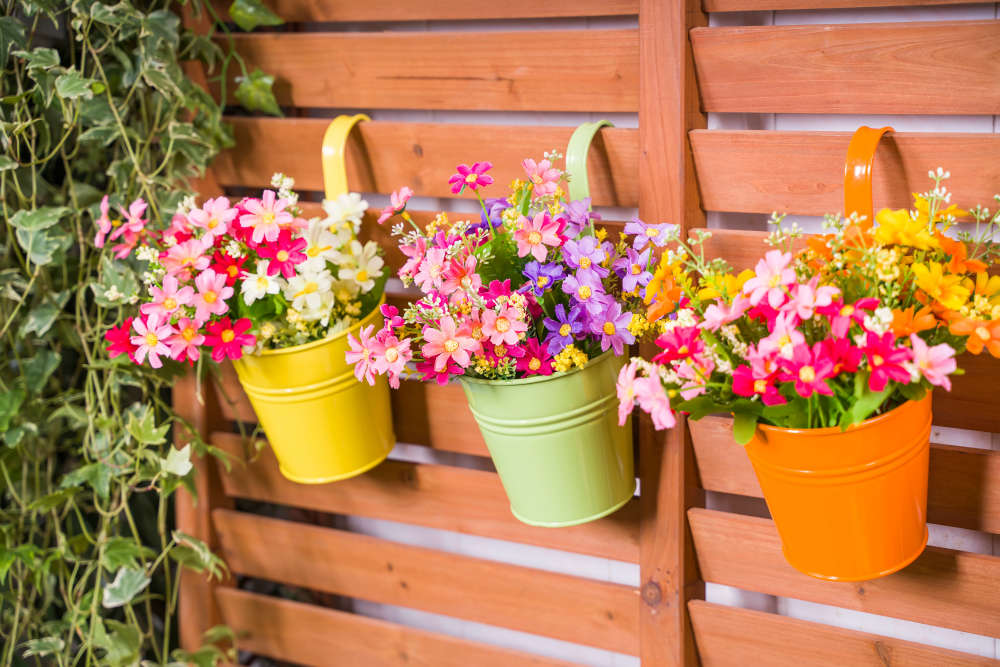 How to Cover Up Shabby Garden Walls and Fences
How to Cover Up Shabby Garden Walls and Fences
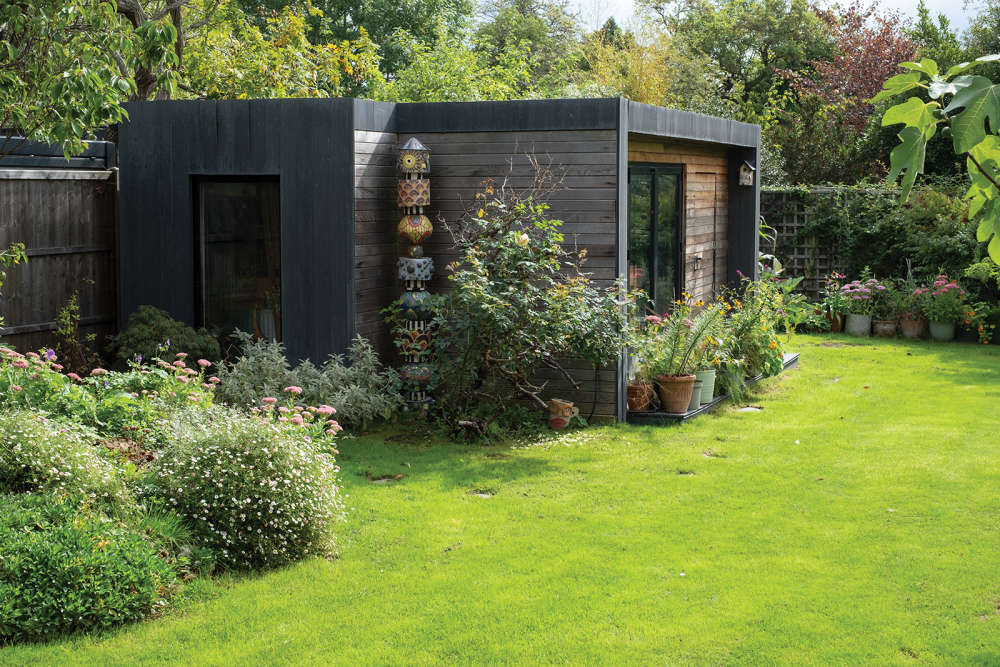 Homes Extra: Shed Space
Homes Extra: Shed Space
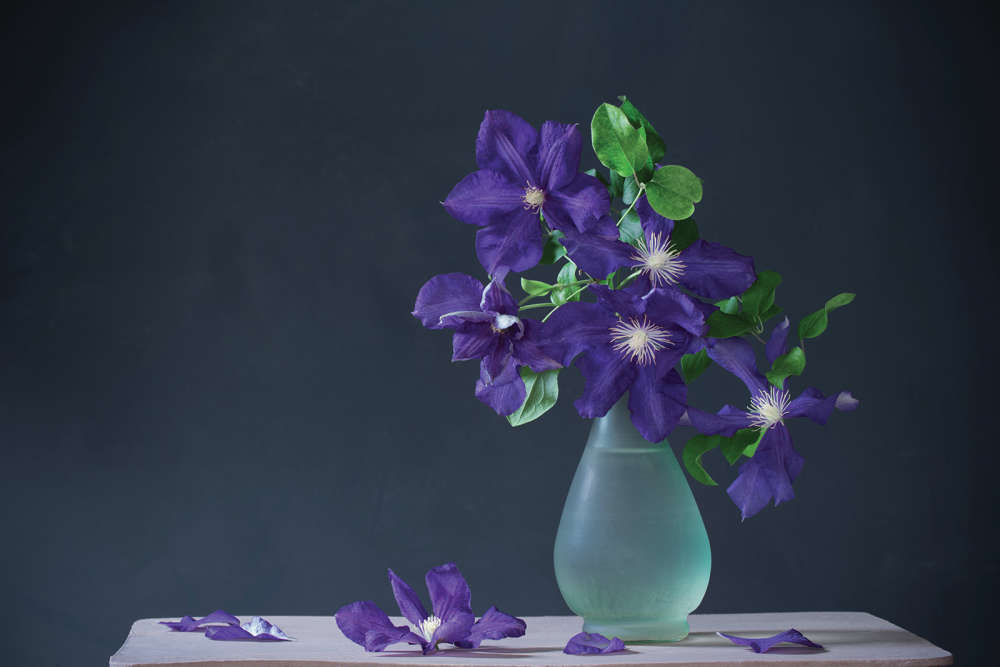 Gardening: Choose a Clematis for Every Month of the Year
Gardening: Choose a Clematis for Every Month of the Year
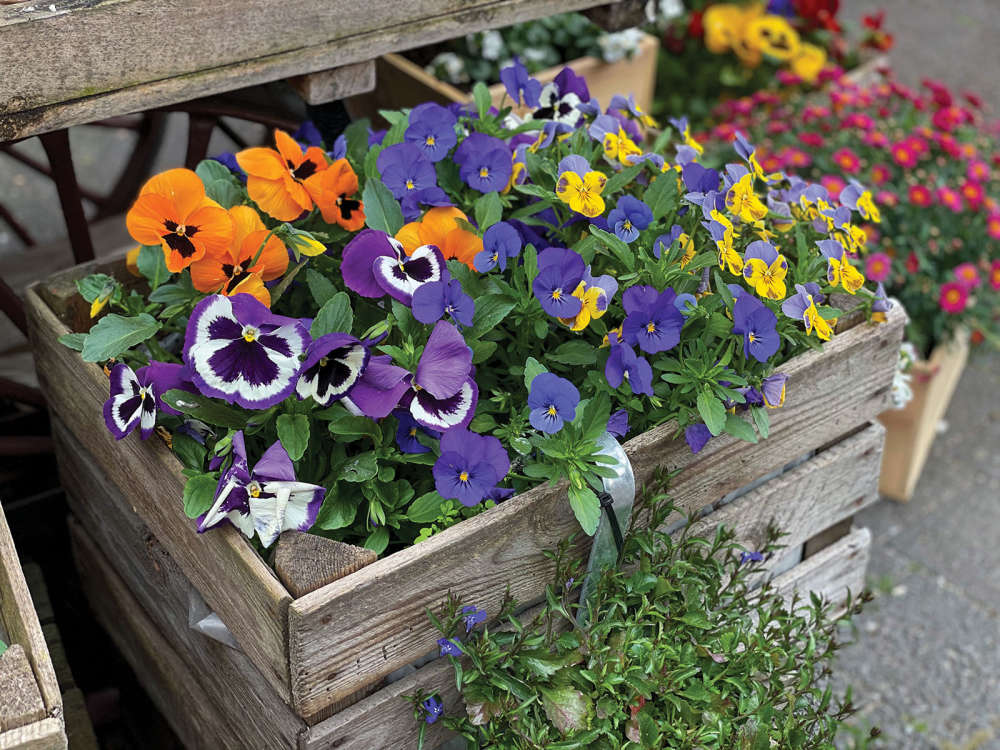 Blooming Times: Top of the Pots
Blooming Times: Top of the Pots
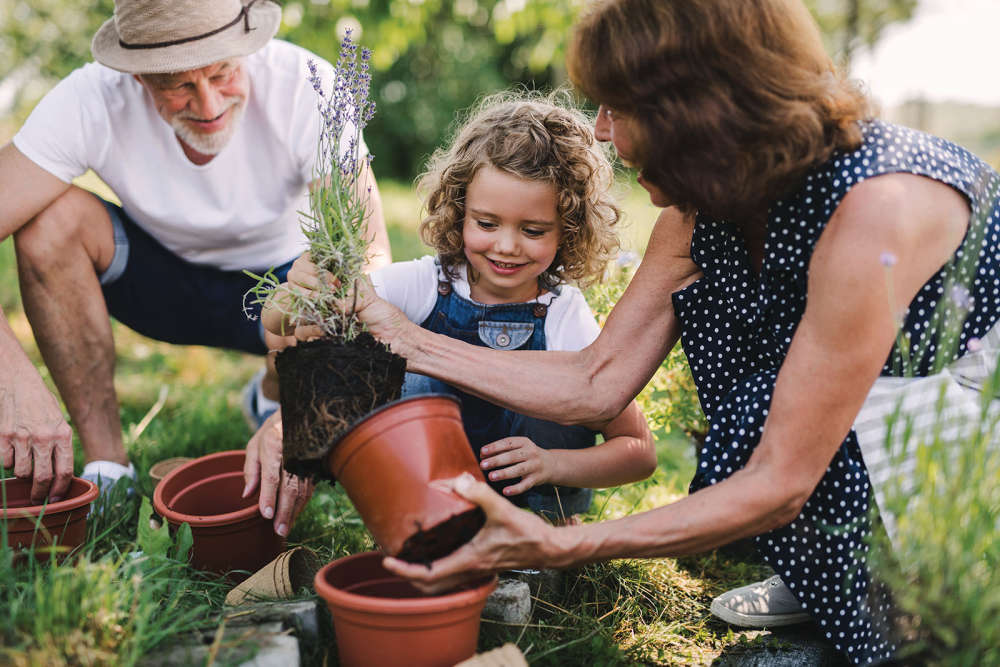 Kids Zone: Get the Kids Growing
Kids Zone: Get the Kids Growing
 Blooming Times: Wisteria Hysteria
Blooming Times: Wisteria Hysteria
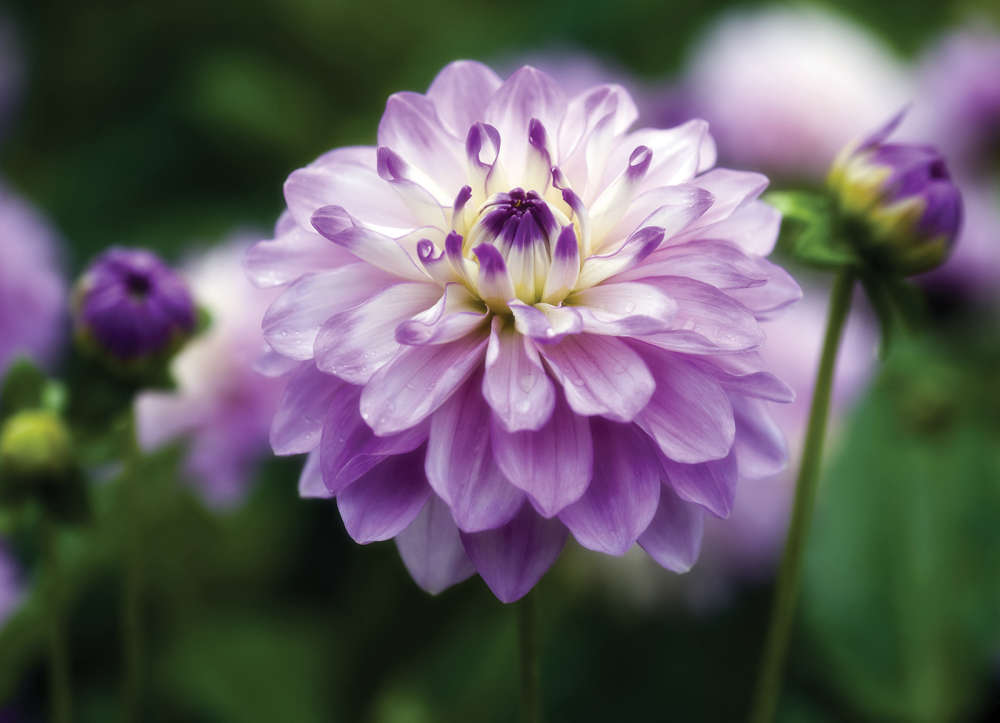 Blooming Times: Dahlia Mania
Blooming Times: Dahlia Mania
 How to Create 3D Walls in Your Home
How to Create 3D Walls in Your Home
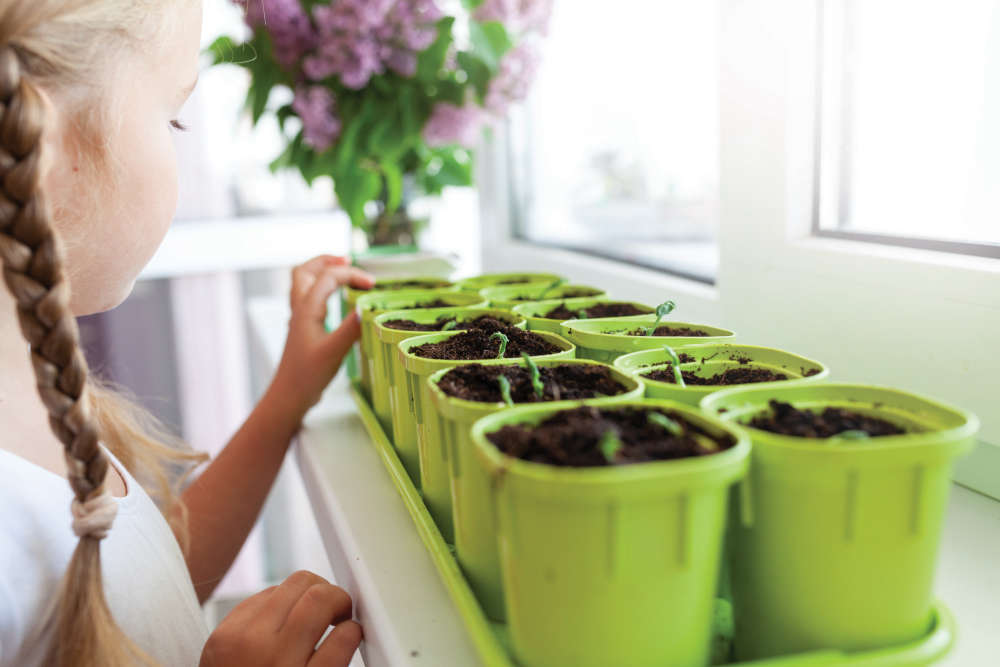 Blooming Times: Spring Fever
Blooming Times: Spring Fever
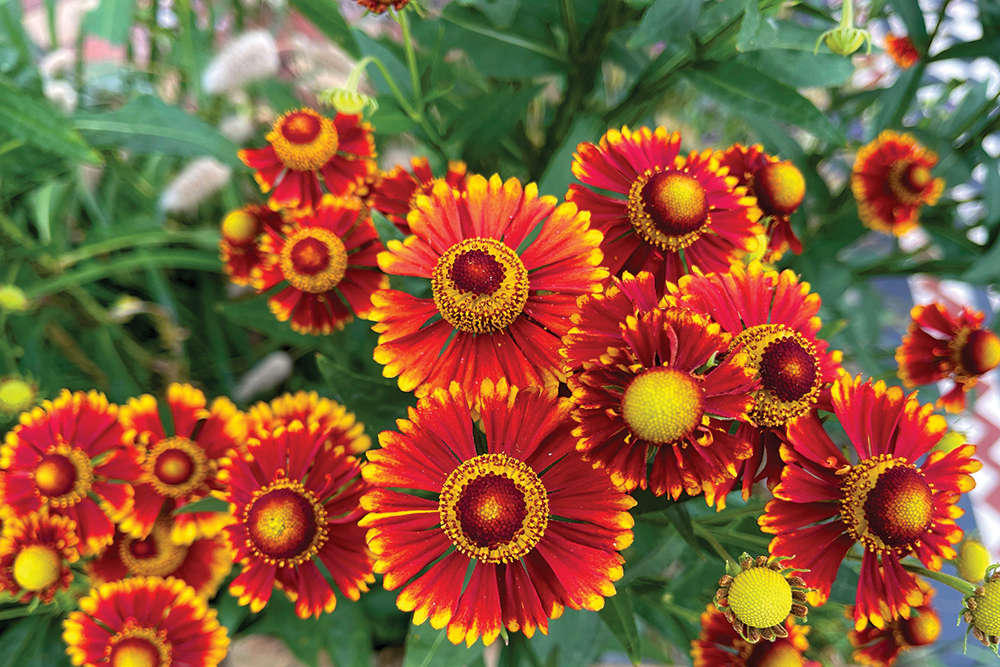 Blooming Times: What's in a Name?
Blooming Times: What's in a Name?
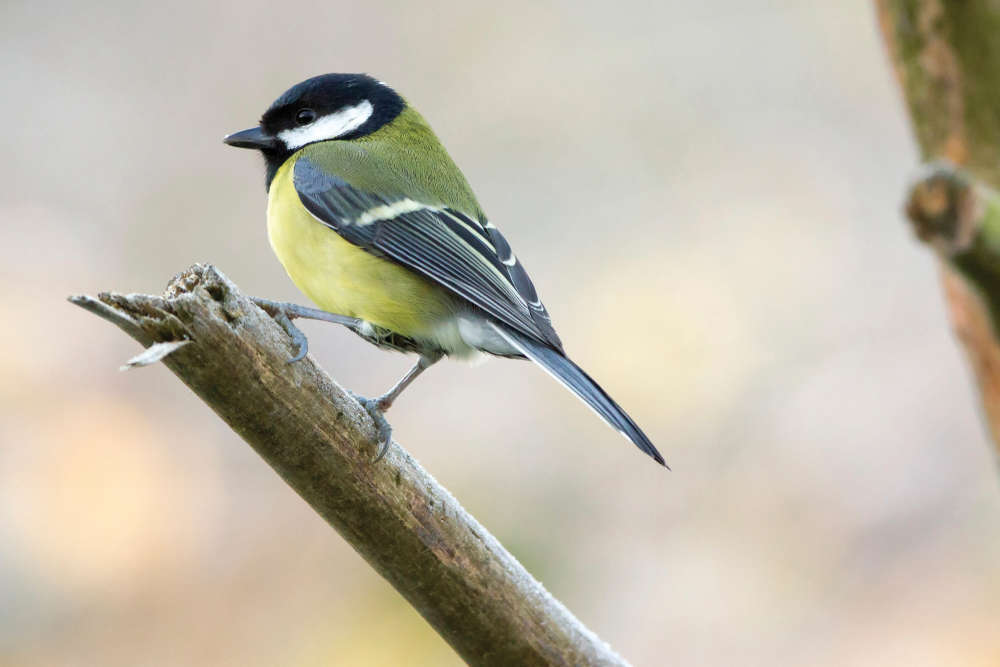 Top 10 Garden Birds to Spot on the Isle of Wight
Top 10 Garden Birds to Spot on the Isle of Wight
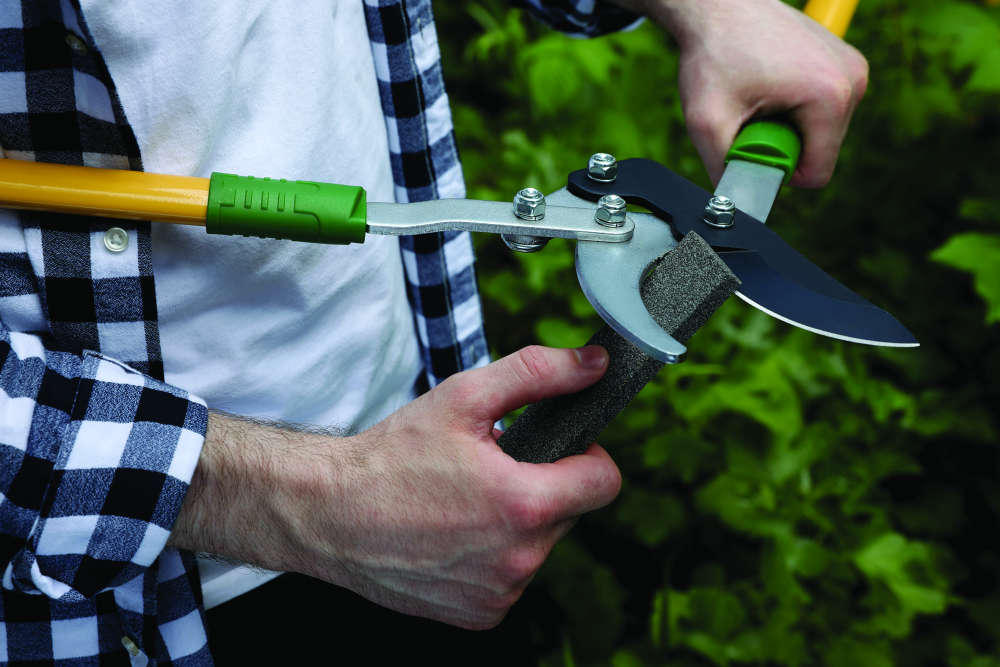 The Best Christmas Gifts for Gardeners
The Best Christmas Gifts for Gardeners
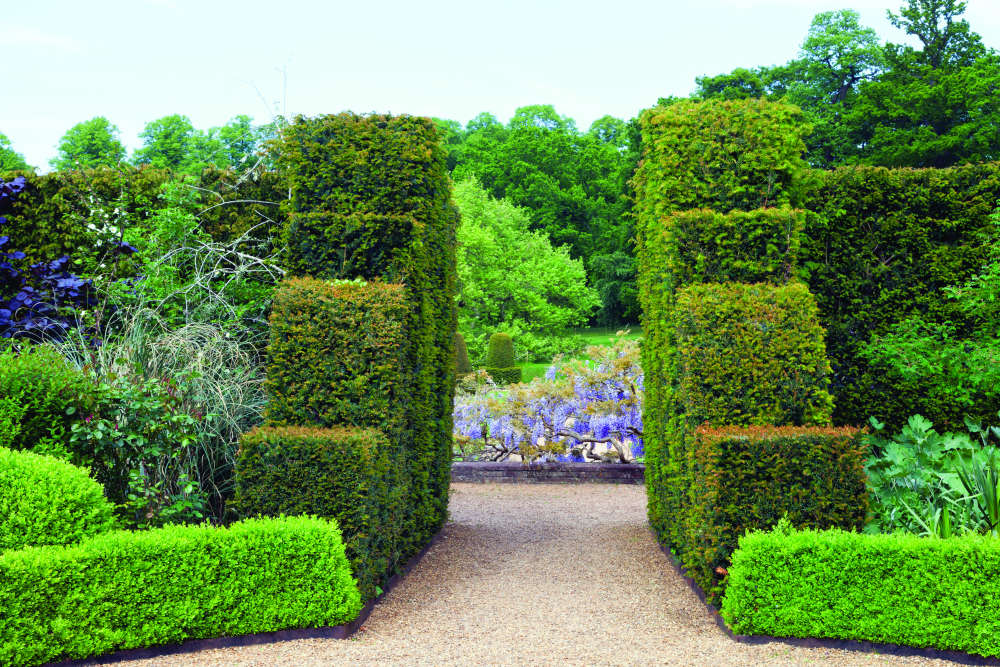 Gardening: The Benefits of Hedges
Gardening: The Benefits of Hedges
 How to Create a Happy Home Workspace
How to Create a Happy Home Workspace
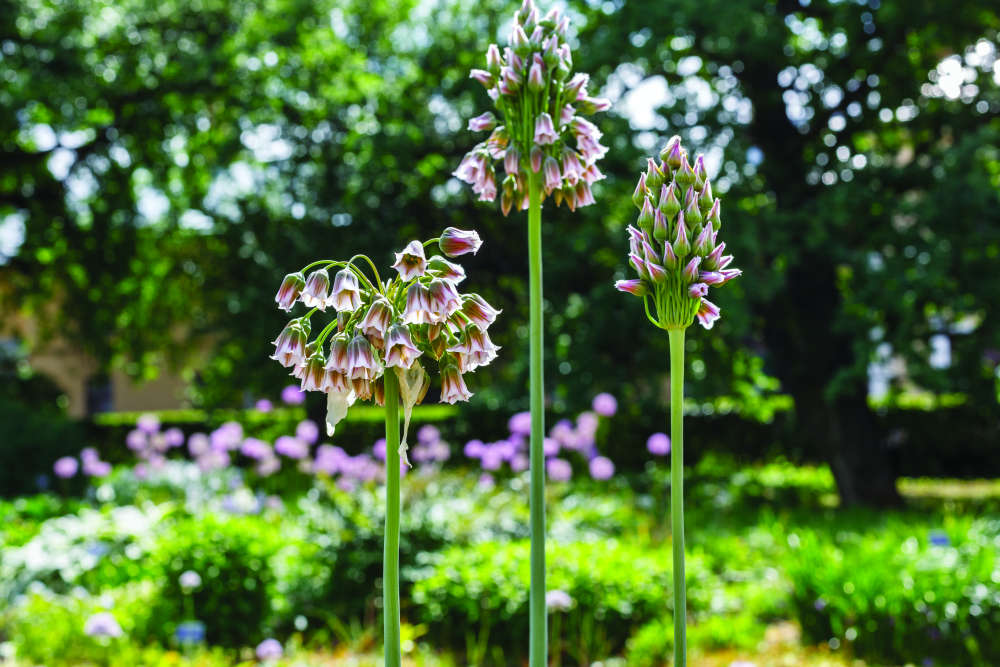 Now's the Time to Plant Alliums for a Spectacular Display Next Year
Now's the Time to Plant Alliums for a Spectacular Display Next Year